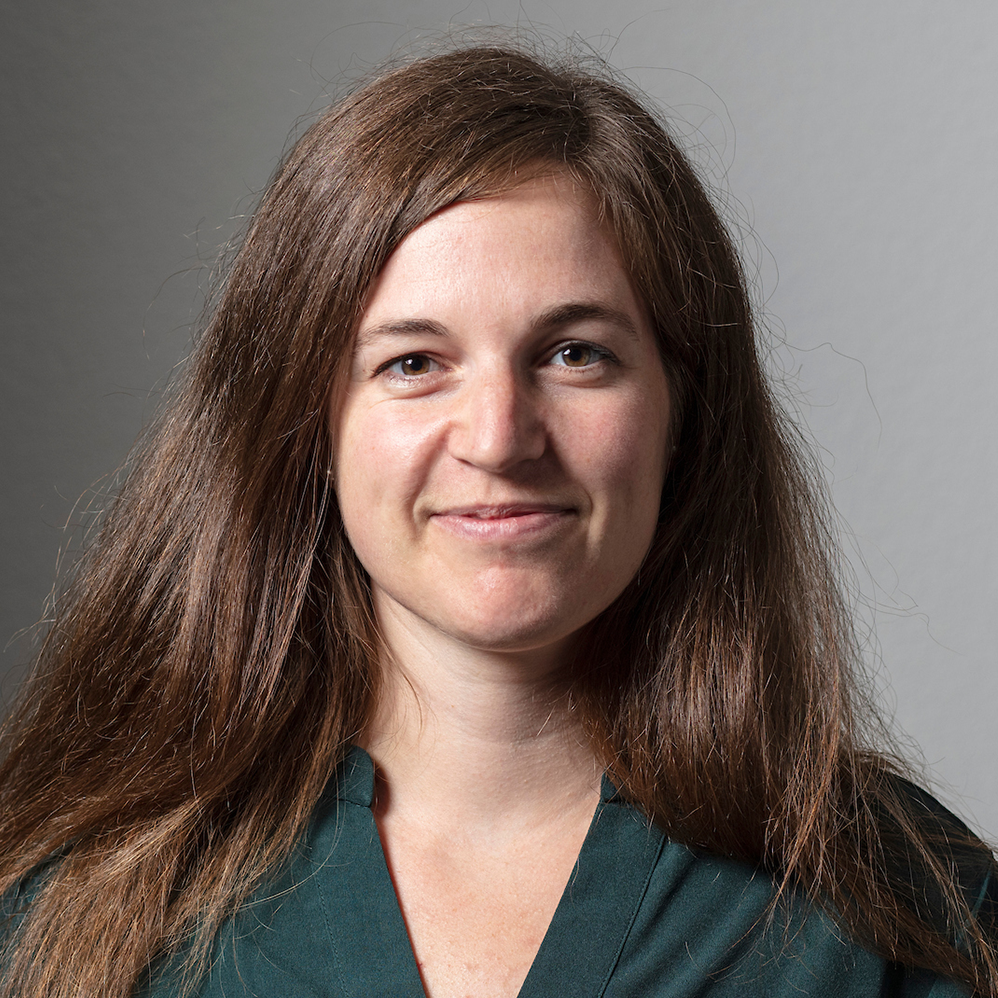目・耳の不自由な方に質問です。舞台やコンサートをどのように楽しんでいますか?

担当:
経験豊富なビデオジャーナリストで、説得力のあるマルチメディアのストーリーテリングを通して、複雑なトピックをわかりやすく魅力的に伝えることに情熱を注ぐ。社会問題や環境問題に焦点を当て、幅広いトピックについて様々な形式のビデオを制作し、モーショングラフィックスやストップモーションアニメーションを使ったインパクトのある説映画、英文学、ジャーナリズムを学ぶ中で、スイス全土のラジオ、テレビ、印刷物で経験を積んだ。ロカルノ映画祭の映像・音響チームで働いた後、2018年にSWI swissinfo.chに入社し、国内外のルポルタージュを制作。明ビデオを得意とする。
-
EnglishenAre you blind and/or deaf? What are your experiences when going to a concert or the theatre? 原文もっと読む Are you blind and/or deaf? What are your experiences when going to a concert or the theatre?
-
DeutschdeSind Sie seh- oder hörbehindert? Wie erleben Sie kulturelle Veranstaltungen?もっと読む Sind Sie seh- oder hörbehindert? Wie erleben Sie kulturelle Veranstaltungen?
-
FrançaisfrVous êtes malvoyant et/ou malentendant? Quelles sont vos expériences lorsque vous allez à un concert ou au théâtre?もっと読む Vous êtes malvoyant et/ou malentendant? Quelles sont vos expériences lorsque vous allez à un concert ou au théâtre?
-
Españoles¿Es usted ciego y/o sordo? ¿Cuáles son sus experiencias cuando acude a un concierto o al teatro?もっと読む ¿Es usted ciego y/o sordo? ¿Cuáles son sus experiencias cuando acude a un concierto o al teatro?
文化におけるインクルージョン(包摂)に関する記事のために、目や耳に障がいを持つ読者の方々の声をお聞きしたいと思います。文化イベントをどのように楽しんでいますか?パフォーマンスを感じるための道具を使っていますか?どんな支援や道具、組織があればよいと思いますか?





















この記事にコメントする